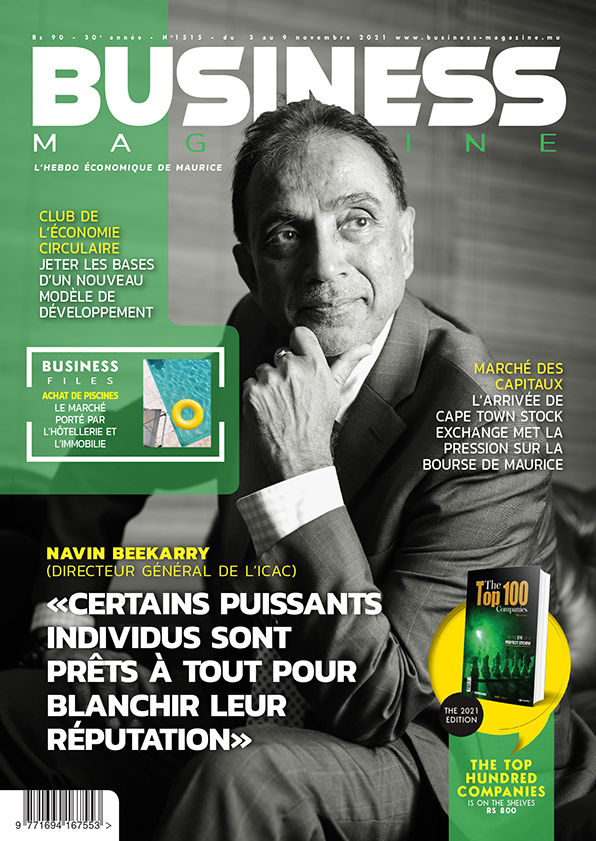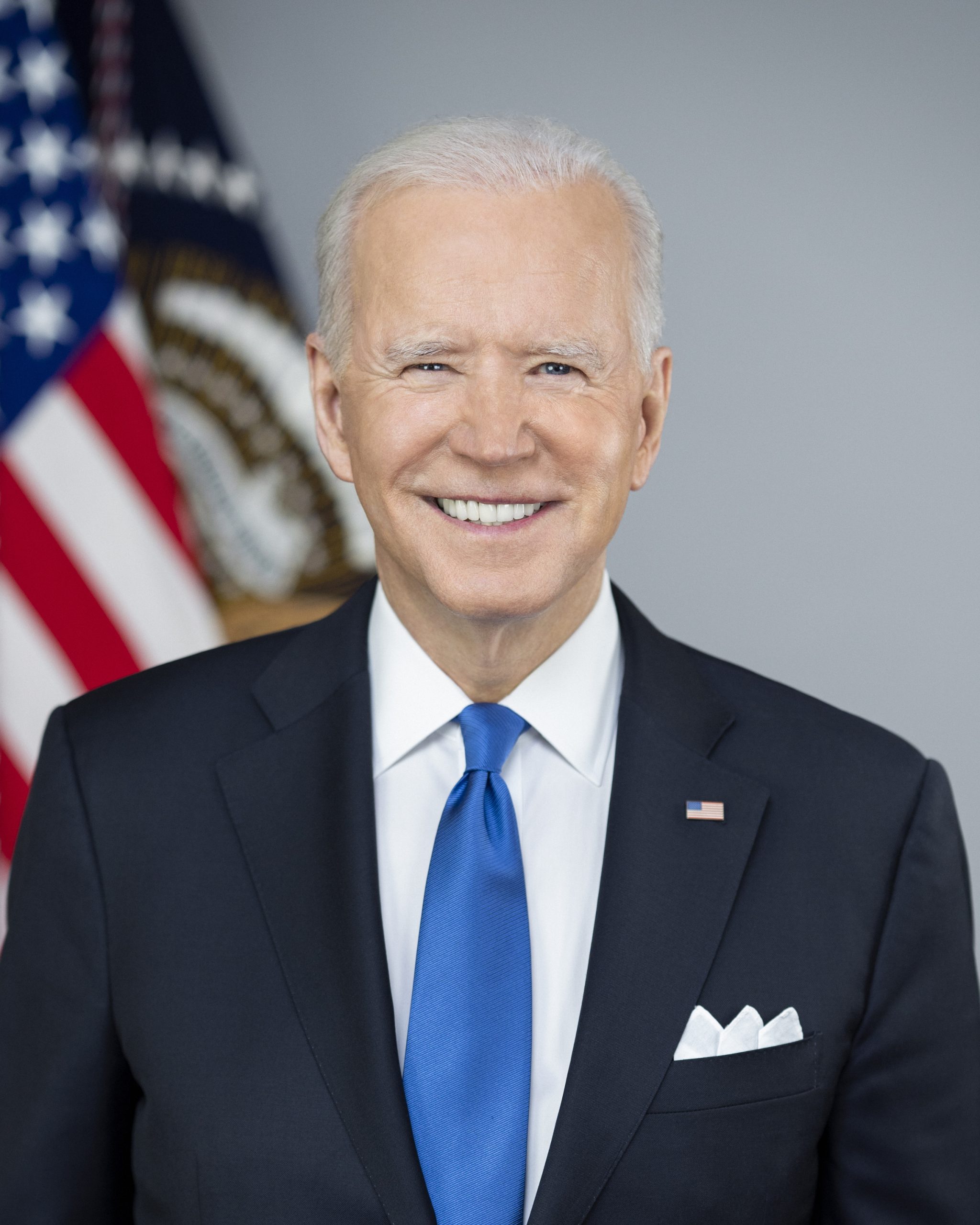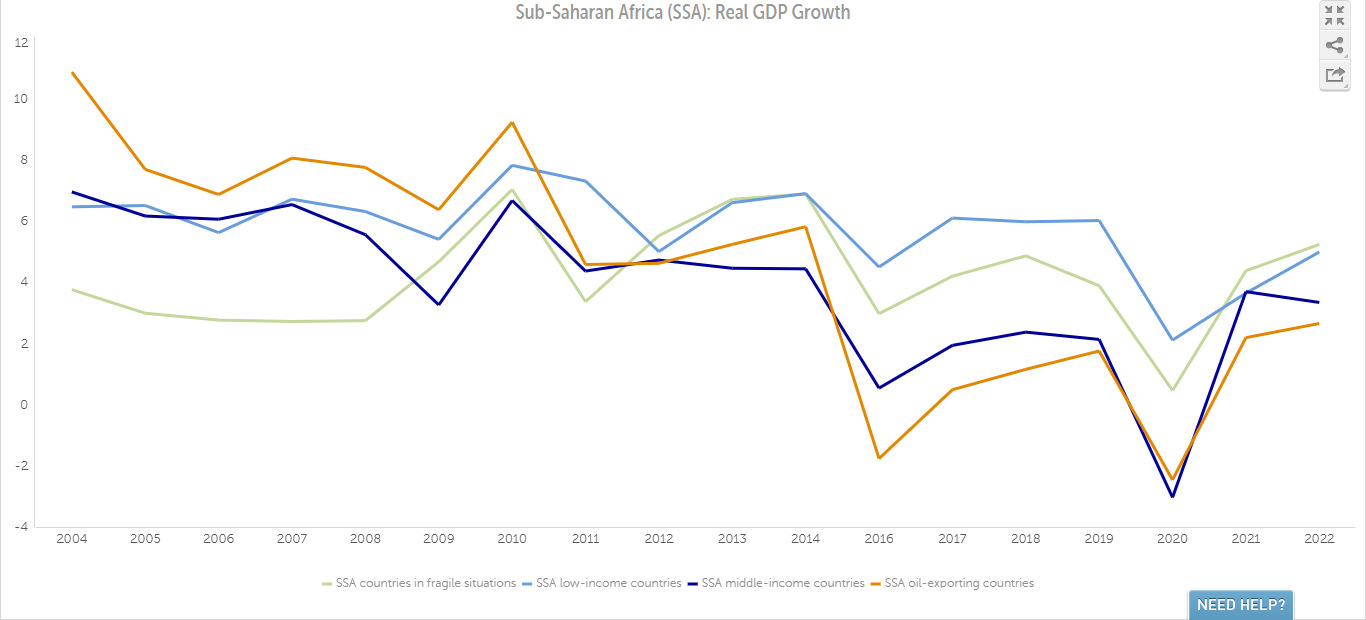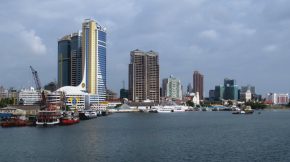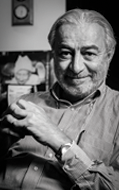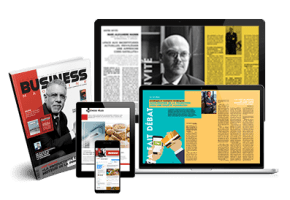The Libor Scandal: a case study
Share
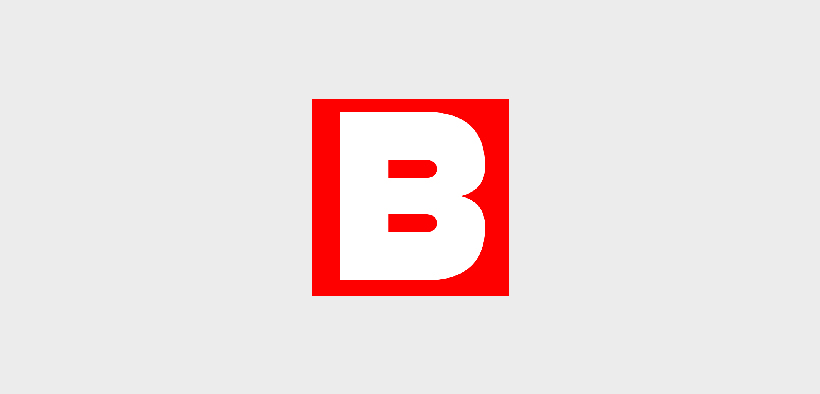
The FSA (Financial Services Authority) in the UK, the CTFC (Commodity Trading Futures Commission) and the Department of Justice in the US have fined Barclays a sum of £290m for lying on its interest rates that it reports to the BBA (British Bankers’ Association) for the purpose of calculating the LIBOR. At the time of the writing several banks are investigated for trying to rig the LIBOR.This scandal has hit Barclays shares which fell by 15.5%.
nLIBOR stands for London Interbank Offered Rate. It is an interest rate complied by the BBA. It was created in the 1980s as demand increased for an accurate measure of the real rate at which banks could borrow. This rate of interest became very important as London grew as an international financial centre. From a worldwide perspective, more than 20 per cent of all international bank lending and more than 30 per cent of all foreign exchange transactions take place in London. This interest rate is released everyday to the market. It is the rate at which commercials banks lend to other banks, on a short-term basis, either to make a profit or cover short-term cash shortfalls in the London market. It is produced for 10 currencies with 15 maturities quoted for each. LIBOR represents the lowest cost of unsecured funding in the London market. It has an equivalent rate in the Euro zone called the EURIBOR (published by the European Banking Federation) and plays the same role as the LIBOR.
nAverage rate of 16 banks
nLIBOR is calculated daily by the BBA. It is the average of interest rate set by a group 16 banks. These banks are:
nBank of America, Bank of Tokyo- Mitsubishi, Barclays Bank, Citibank, Credit Suisse, Deutsche Bank, HBOS, HSBC, JP Morgan Chase, Lloyds TSB Bank, Rabobank, Royal Bank of Canada, Norinchukin Bank, Royal Bank of Scotland, UBS, and West LB. Each day these 16 banks submit to the BBA the rate at which they are charged to borrow. The 4 highest and the 4 lowest rates are ignored. It is the average of the 8 remaining rates that are used by Thomson Reuters to calculate the LIBOR.
nLIBOR has a very important role in worldwide financial system. It gives an indication of the health of the banking sector. According to the FSA, LIBOR and EURIBOR are fundamental benchmark reference rates to the operation of the international financial markets. Although based in London, LIBOR impacts on all financial products worldwide. Trillions of dollars worth of financial transactions are priced based on LIBOR. The most important role of LIBOR is concerned with pricing complicated financial transactions which are called derivatives. In 2011, the Chicago Mercantile Exchange traded 3-month futures contract with a notional value greater than USD564tn based on the US dollar LIBOR. According to Robert Peston, the Business editor of BBC (British Broadcasting Corporation), this dollar version of LIBOR deals with notional value equal of the nine times global GDP. LIBOR affects particularly the sub-prime mortgage rate in the US. According to the BBA swap deals to the value of £225tn and loans of £6.4tn are indexed to the LIBOR. Many cities and municipals in the US have loans and bonds based on LIBOR.
nSince 2005 staffs at Barclays have been filing misleading figures for the interbank borrowings they made. While working with derivative traders they have tried to influence LIBOR. Between 2005 and 2008, staffs at Barclays submitted rates lobbied by their derivative traders so as to profit from trading positions. According to the FSA, Barclays has breached Principles 2, 3 and 5 of the FSA’s Principles for Businesses. Barclays acted inappropriately and breached Principle 5 on several times between the period 2005 to 2008 by submitting LIBOR and EURIBOR rates on requests by derivative traders. The definitions of LIBOR and EURIBOR require banks to submit rates based on borrowing or lending in the interbank market only, not rates that are allowed to be based on considerations of derivatives traders’ positions.
nMoreover, during the financial crisis of 2007-2009, staffs reported artificially low figures to avoid the suspicion that Barclays was under financial stress when in fact it had to borrow at higher rates than its competitors. Higher rates would imply higher risk in the market. Hence, regulators were misled about the health of the financial sector. This misreporting was practiced in collusion with other banks in the panel.
nBarclays’s CEO, Bob Diamond, has resigned on this scandal and has even refused to take his bonus of £23m.
nThere is an investigation right underway to enquire this illegal practice.
nThe British government has ordered a parliamentary review on how this practice was fostered. The reputation of the City of London as a world financial centre could be at stake. The public’s anger is obvious given the perception about banks’ greediness. LIBOR is set under the umbrella of the BBA, with a collection of private banks rather than financial regulators. The chairmen of these banks were themselves representatives of the BBA. Mr Marcus Agius is a both chairman at Barclays and BBA. Lately, he has resigned from the BBA and will resign from Barclays until he finds a new successor for Mr Diamond.
nSome people have proposed a few basic solution for the problem. One idea would be for the Governor of the Central Bank, as an external monitor, to have an eye on the LIBOR submission process. Another would be for more banks to join in the panel so as to break the collusive behaviour.

